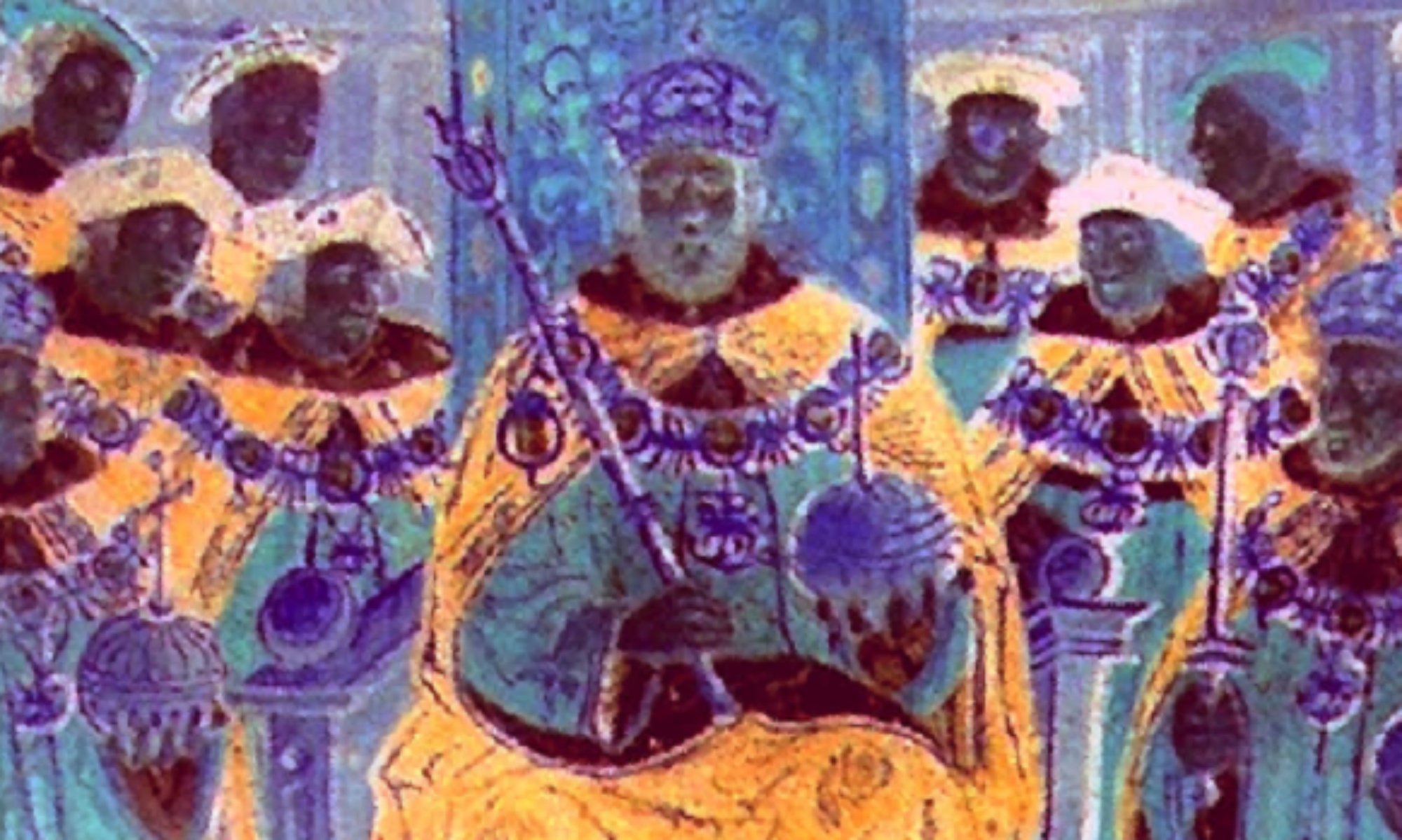Emperor Naruhito’s accession to the Chrysanthemum Throne was marked by a series of ancient and highly symbolic ceremonies in 2019, following the abdication of his father, Emperor Akihito-the first abdication by a Japanese emperor in over 200 years.
Key Ceremonial Events
1. Morning Ritual (Kashikodokoro Ceremony)
- On the morning of October 22, 2019, Emperor Naruhito performed a private ritual at the Kashiko-dokoro, a shrine in the Imperial Palace dedicated to the sun goddess Amaterasu, the legendary ancestor of the imperial line.
- Dressed in white sokutai robes, the emperor bowed and read aloud a statement reporting his accession. Empress Masako, in many-layered jūnihitoe robes, also participated in the ritual.

2. Enthronement Ceremony (Sokuirei-Seiden-no-gi)
- The main enthronement ceremony took place at 1:00 pm in the Matsu-no-ma (State Room) of the Imperial Palace, lasting about 30 minutes.
- Emperor Naruhito, wearing a yellow-orange sokutai robe reserved for emperors, ascended the 6.5-meter-high Takamikura throne. Empress Masako sat on a separate, smaller throne.
- The emperor proclaimed his enthronement, stating:”I swear that I will act according to the constitution and fulfil my responsibility as the symbol of the state and of the unity of the people”.
- Sacred imperial regalia-the sword (Kusanagi) and jewel (Yasakani no Magatama)-were present as symbols of imperial authority.
- Prime Minister Shinzo Abe delivered a congratulatory address and led the assembly in three cheers of “Banzai!” (meaning “long live the emperor”).
- The ceremony was attended by about 2,000 guests, including dignitaries and royalty from nearly 200 countries. Foreign guests included Prince Charles, King Carl XVI Gustaf of Sweden, King Felipe VI of Spain, Sultan Hassanal Bolkiah of Brunei, and many others.
3. Salute and Celebrations
- The Japanese Self-Defense Forces fired a ceremonial salute from Kitanomaru Park.
- A planned celebratory parade was postponed due to Typhoon Hagibis, which had recently caused significant loss of life.
4. Banquet and Receptions
- Following the ceremony, the imperial couple hosted a state banquet for their guests, featuring traditional Japanese court music and dance.
Significance and Traditions
- The enthronement of Emperor Naruhito followed rituals dating back over a thousand years, blending Shinto religious elements with constitutional and state functions.
- The ceremony underscored the emperor’s role as a symbol of national unity under Japan’s postwar constitution.
- Attendees wore traditional Heian period attire, evoking the deep historical roots of the imperial institution.
In summary:
Emperor Naruhito’s enthronement was a meticulously choreographed blend of ancient Shinto ritual and modern state ceremony, witnessed by dignitaries from around the world. The emperor’s formal proclamation from the Takamikura throne, the presence of sacred regalia, and the participation of Empress Masako and government leaders highlighted both the continuity and contemporary relevance of Japan’s imperial tradition.
